- Raw RecipesRaw Recipes Index
- MoreGoodies, About, Praise + More
- StoreApps, Courses + More
- CelebrateSeasonal Suggestions
- New To Raw?Start Here
- WellnessCreating Healthy Habits
- CommunityRawtarian Community
Hello Beautiful!
It looks like you're new to The Rawtarian Community. If you'd like to get involved, click one of these buttons!
Login to Community Signup for an account Login using FacebookTrending Community Recipes
Latest in the Community Forum
- Community









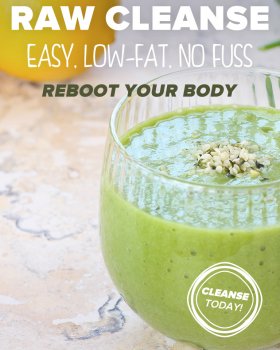











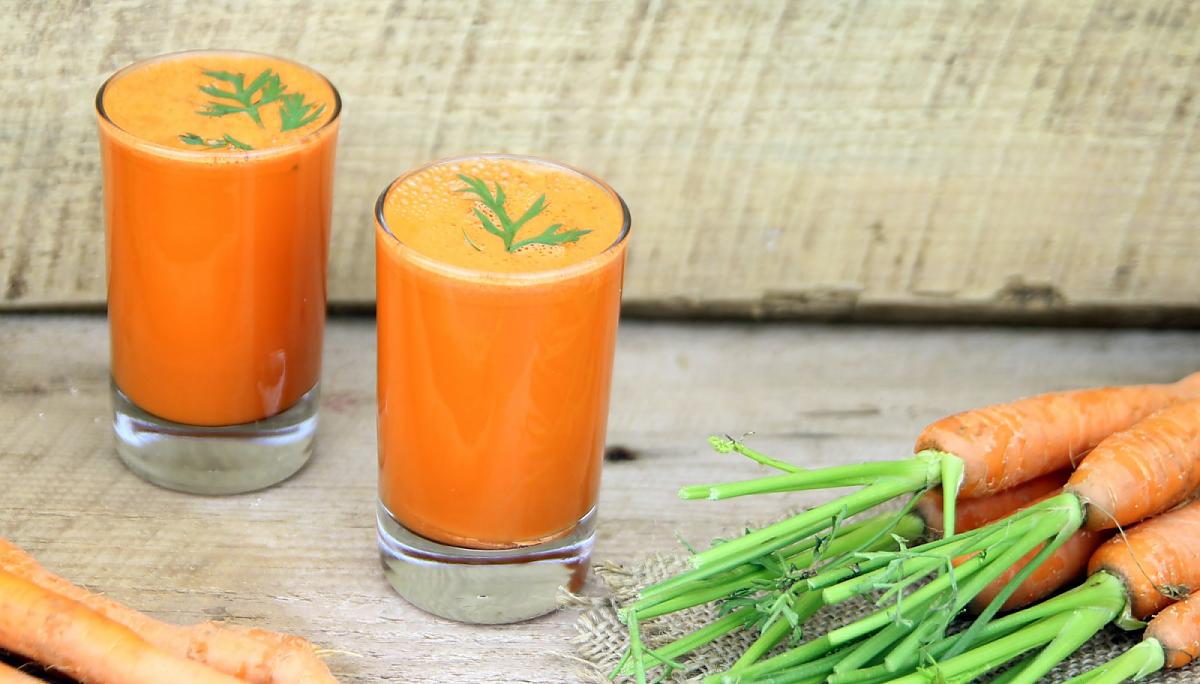


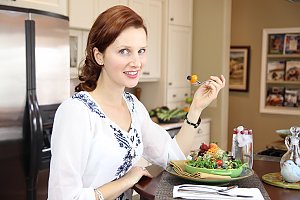




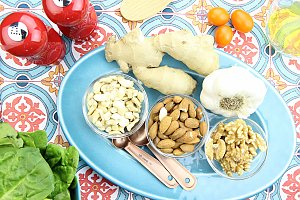
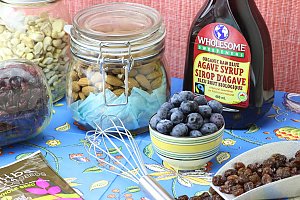
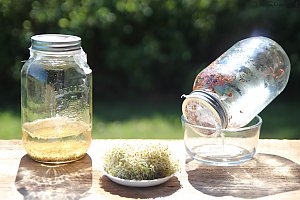

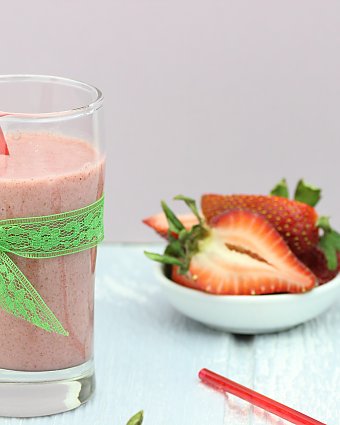

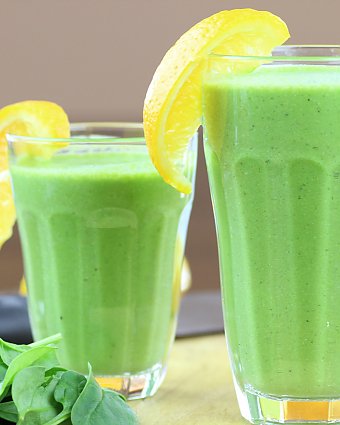
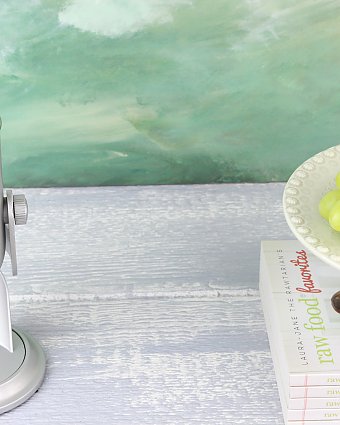





















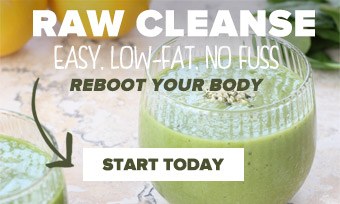
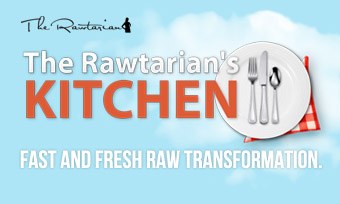
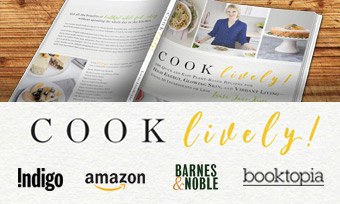
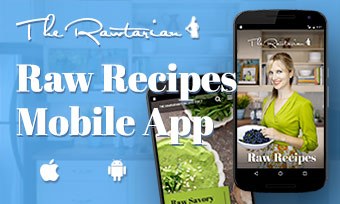
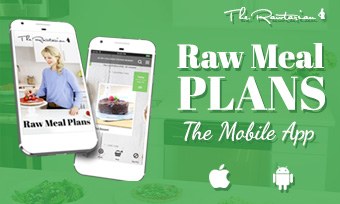



Comments
Top voted
The Rawtarian
Feb 26, 2016
Nice John - we are opposites :) But they both have their place - having access to both pieces of equipment is ideal. I find I drink more juice in the summer.
johnc
Feb 26, 2016
I have both but use the juicer more :-)
The Rawtarian
Apr 30, 2017
A cold-pressed juicer is nice, because they don’t produce as much heat, they keep more of the nutrients intact.
I have a Breville Juice Fountain, which was around $150. It's not a cold-press juicer, but it works for me and the price was right. :) This is the one I have: http://tinyurl.com/k2q8gqg
I'd say, if you can't find a cold press one in your price range, it's fine to get a cheaper one. Any fresh juice you make at home is going to be leaps and bounds better than store-bought!
All
highrawandhappy
Aug 17, 2019
I think if you're sick and you can afford to do it, juicing is considerably more beneficial to healing. I've heard of people who have had cancer (myself included) who have experienced faster healing as a result of juicing ( and other methods as well). I don't believe I would be where I am today if I had not gotten into juicing, and I'm still healing over 16 years post remission. It is a preference of mine to use organic produce to juice but I don't find it cost effective to do so, so I take the opposite view of juicing, where it's more important to me to get the nutrients in rather than the pesticides out ....to me, any apple is better than no apple at all. ?
m0ndes
Apr 29, 2017
Hello, I would like to buy a cold press juicer, maximum I can spend around $150, do you think I can find any thing which is not bad?
The Rawtarian
Apr 30, 2017
A cold-pressed juicer is nice, because they don’t produce as much heat, they keep more of the nutrients intact.
I have a Breville Juice Fountain, which was around $150. It's not a cold-press juicer, but it works for me and the price was right. :) This is the one I have: http://tinyurl.com/k2q8gqg
I'd say, if you can't find a cold press one in your price range, it's fine to get a cheaper one. Any fresh juice you make at home is going to be leaps and bounds better than store-bought!
johnc
Feb 26, 2016
I have both but use the juicer more :-)
The Rawtarian
Feb 26, 2016
Nice John - we are opposites :) But they both have their place - having access to both pieces of equipment is ideal. I find I drink more juice in the summer.
Leave a Comment